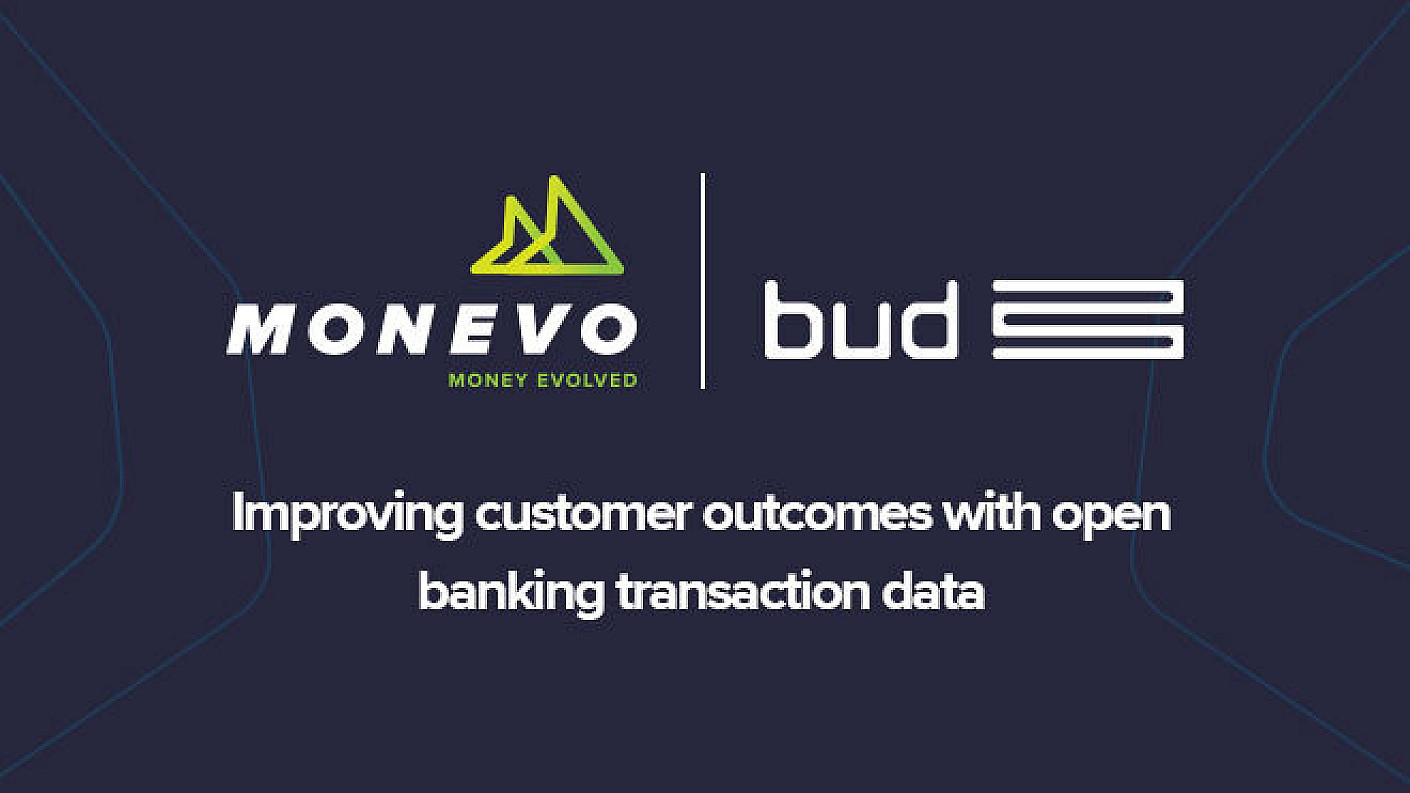Brandon Wallace, Product Manager at Bud, a leader in transaction data intelligence, discusses why forward-thinking lenders should leverage transaction data for better customer outcomes throughout the lending lifecycle.
Access to credit goes beyond simply borrowing money – it's about equipping individuals to manage their finances and navigate life's challenges confidently. In the current regulatory environment, it's crucial that customers receive fair treatment, timely support, and clear information to make well-informed choices.
Consumer-permissioned transaction data via open banking enables lenders to meet regulatory requirements and achieve better outcomes for customers.
Open banking transaction data enables customer-centric lending
By using transaction data, lenders can design loan products tailored to customer needs, based on real-time financial insights. Transaction data can provide a comprehensive view of a customer's financial health, covering essential expenses to saving patterns, allowing lenders to provide affordable loan options with reasonable rates. This reduces risk for both parties and helps customers manage their finances more effectively.
Regulatory compliance: a pathway to better service
Navigating the complexities of regulatory compliance can be challenging, particularly for smaller lenders with limited resources. However, complying with these regulations offers an opportunity to improve customer service.
Consumer Duty, for instance, mandates the delivery of positive customer outcomes. It raises the bar for consumer protection, emphasising clear communication, fair pricing and proactive support at every stage of the customer journey.
While regulatory requirements may seem like obstacles, they also foster innovation opportunities. By adopting open banking, lenders can streamline compliance processes while simultaneously improving customer and business outcomes. This creates a lending environment that is fair, transparent, and responsive to customer needs, fostering trust and loyalty.
How does open banking transaction data improve customer outcomes?
● Building trust and transparency: Traditional credit score-based decisions can be opaque and slow to reflect current financial realities. Using real-time spending and income data means lenders can make clear and transparent decisions, helping customers understand why a product is appropriate or not.
● Convenient and low-stress process: Open banking automates the financial information collection, sparing customers from answering challenging questions like: “How much do you spend on food each month?”. The process is seamless, almost instant and enhances the user experience.
● Accurate affordability assessments: Open banking allows lenders to use up-to-date spending and income data to assess an applicant’s true affordability, unlike relying on generic or outdated credit bureau data. This ensures that lending is truly reflective of what customers can afford.
● Personalised solutions: By using real-time spending and income data, lenders can customise their product offerings to meet customers' actual financial needs. This not only minimises financial stress and fosters stability but also aligns with Consumer Duty, ensuring that lending decisions provide fair value and proper customer outcomes.
Boosting profitability
Beyond enhancing customer satisfaction and meeting regulatory requirements, open banking transaction data can also reduce costs and increase profitability:
● Efficient affordability assessment: Open banking automates data collection and analysis, eliminating the manual process of reviewing bank statements to determine a customer's affordability. This speeds up lending decisions and reduces operational costs.
● Lower default rates: Deeper insights into customers' financial behaviours allow for more precise affordability assessments and customised product offerings. Understanding customers’ spending habits and income patterns enables lenders to offer genuinely affordable products, reducing default rates and boosting profitability.
● Optimised collections process: In the case of defaults, open banking supports a more efficient collections process. Automated data collection and real-time financial insights enable tailored collections strategies – such as offering suitable repayment plans based on the latest financial information, improving recovery rates and reducing collections-related costs.
Conclusion
The future of lending is powered by data that prioritises customers. By adopting transaction data through open banking, lenders not only comply with regulations but also set a new benchmark for customer care and innovation. Let's seize this chance to make lending more straightforward, fair and rewarding for all involved.
Find out about Bud’s market-leading transaction data enrichment for lenders.




